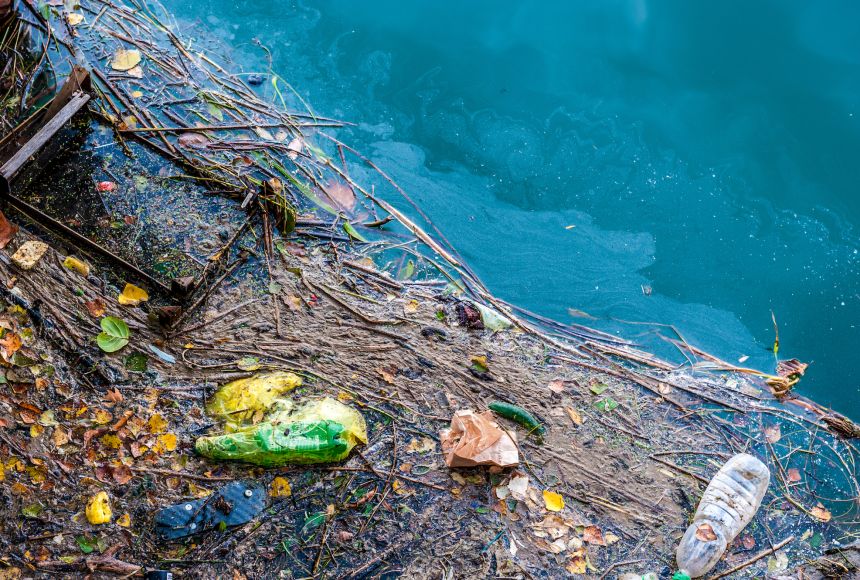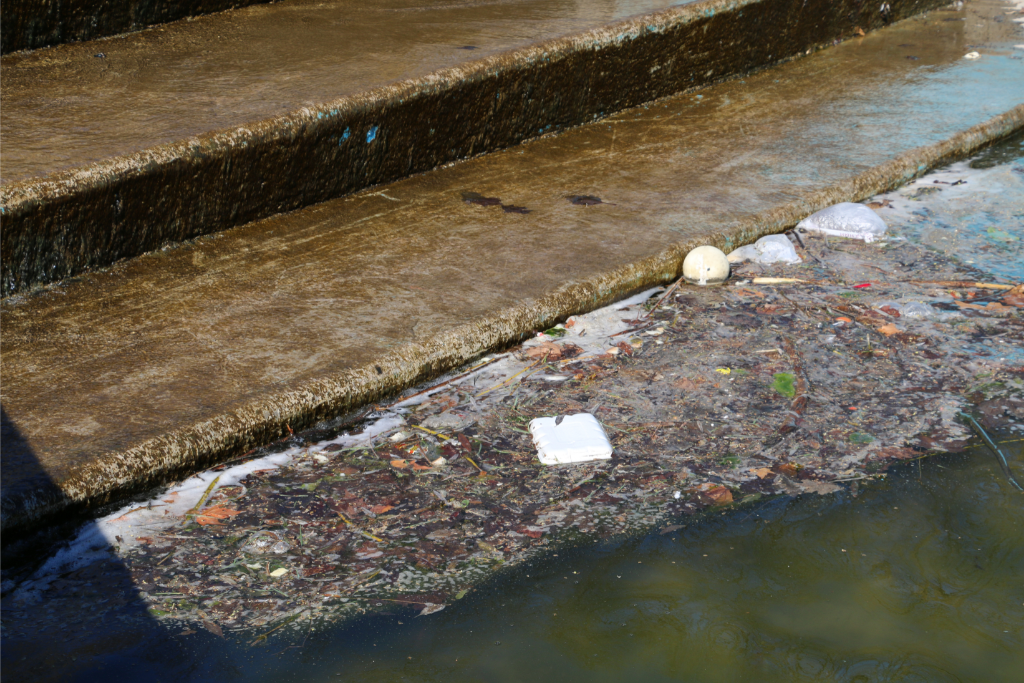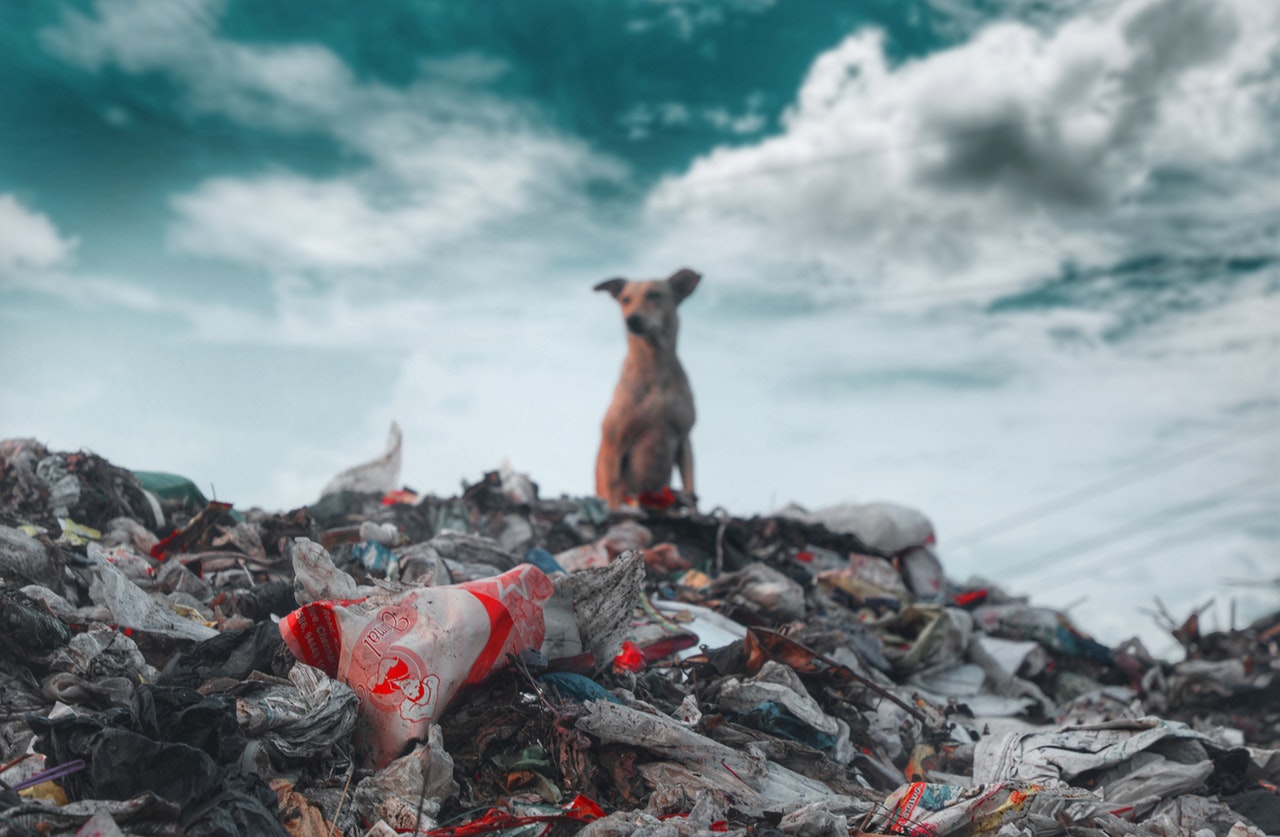Point Source pollution is a major issue that causes environmental problems. It is pollution that is emitted from a single source, such as a factory, urban sewage plant, or exploitation waste. Because of this, its effects are easier to identify and assess, and countermeasures can be more proactive.
The effects of point Source pollution are wide and deep, felt in different dimensions. This has impacts on land and soil fertility, water quality, air quality, and biodiversity. In addition, this type of pollution in the local environment leads to widespread diseases, environmental impacts, and human health. This problem is extremely important as its undesirable effects have affected the basic quality of life, and have also threatened environmental issues.
Overview of the Point Source Pollution
Point Source pollution is an important topic that introduces unique sources of pollution that lead to environmental destruction. It is pollution that originates from a single material source, such as factories, urban sewage plants, agricultural operations, mining, and oil and gas extraction operations. Due to the cumulative sources of this pollution, various materials such as chemicals, excessive amounts of toxic substances, and excessive water use are released into the land, water, and air, which harm the environment.
This pollution causes various effects such as water pollution, loss of soil fertility and fertility, and loss of air quality. Besides, it also affects the general health and beauty of the environment. Various measures are essential to prevent point Source pollution such as the promotion of organized plants, efficient methods for water treatment, and a very strong legal framework.
Understanding the Sources
Industrial Items
Industrial goods are one of the main sources of point source pollution. They discharge contaminated water, air, and land from various industries such as factories, business workshops, factories, and other facilities. These include the flow of materials, accumulation of gases, and ground effects. For example, polluted water from factories that supply various industries affects not only local ecosystems but also the marine biome.
Urban Sewage Plants
Municipal sewage plants, or municipal wastewater treatment plants, are designed to treat polluted water from public institutions, residential areas, and business sectors. Here the water treatment process involves various materials such as bacteria, chemicals, and agricultural influences. If these plants are not operated properly, their water is discharged into local streams or rivers, which can cause environmental pollution.
Agricultural Actions
Agricultural operations pollute the land through point Source pollution. Accumulations of chemical fertilizers, pesticides, and other fertilizers affect terrestrial and aquatic life. In addition, overuse of land and soil fertility due to agricultural point Source pollution poses the threat of land degradation and soil fertility depletion.
Mining Process
The process of mining refers to the process of extracting various mineral materials from ores. This process causes soil erosion, which pollutes water and affects populations. In addition, water and air are also polluted by mineral dust and Ricketts generated by mining, which affects the local environment.
Features of Point Source Pollution
Chemical Composition
The chemical composition of point Source pollutants varies from source to source. These materials include toxic chemicals, waste, and other materials that pollute land, water, and air. Accurate determination of the composition and quantification of these materials helps identify the maximum pollutant Source point.
Volume and Flow Rate
Characteristics of point Source pollutants include their volume and flow rate. It shows the amount and rate of discharge of contaminated water, air, or land. In case of higher volume and faster flow, the spread of pollutants increases over long distances, affecting local and frontal areas as well.
Pollution Patterns
Point Source pollution patterns vary according to different sources and operations. In some mining operations, the material is discharged in the form of slurry or water, while in industrial products the discharge of pollutants in the form of gases is common. This pattern is important for identifying the source of the contamination and for its systematic character.

Environmental Effects of Point Source Pollution
Water Pollution
Point discharge pollution leads to highly contaminated water supplies, affecting local rivers, lakes, and traditional communities. This has a major impact on the safety of drinking water and fish life and increases the risk to human health.
Land Pollution
Point Source pollution leads to soil pollution, which adversely affects agricultural decisions and the basic sustainability of the environment. It also affects the performance of land gardens and boating.
Deterioration of Air Quality
Excessive Sources from point Sources, greenhouse gasses, and industrial pollution reduce air quality, affecting the health of animals and humans living in it.
Effects on Biodiversity
Point Source pollution also has a major impact on biodiversity. Loss of biodiversity, degradation of old forests, and destruction of biodiversity are the consequences, which affect the environmental balance.
Organizational Framework of Point Source Pollution
EPA Guidelines
EPA enforces and monitors environmental regulations across the country, protecting environmental standards and addressing concerns of individual initiatives. EPA’s guidelines are used for optional regulations, pollution control, and environmental impact assessments, and their implementation to minimize environmental impacts.
State and Local Regulations
State and local government regulations are also important for environmental protection. These regulations are generally designed to implement conflicting CWA and EPA regulations, and they explain the importance of specific actions and measures given to the local environment. These regulations include various factors, such as urban sewage, industrial goods, agricultural, and environmental regulations.
Future Challenges and Opportunities of Point Source Pollution
New Pollutant Components
One of the major challenges of the future is the growing crisis of new pollutants or “emerging pollutants”. These materials are typically produced by industrial operations, products, and technology, and their adverse effects are difficult to estimate because of limited environmental impact information. These ingredients include perfluorocarbons, nanoparticles, and pharmaceuticals that are creating new problems in terms of environmental impact.
Effects of Climate Change
Environmental change, such as climate change, is another major challenge that may be difficult for us to address. According to many studies, heat waves, lack of snowfall, and accelerated population growth are comparing land use to population growth. These changes are leading to threats to agriculture, wildlife, and biodiversity.
International Cooperation
International cooperation to solve environmental problems is another opportunity that can help us face future challenges. At the international level, the most important rules and standards are being developed based on joint ventures, agreements, and occasional cooperation between different nations and their respective institutions. Through these agreements, climate change issues will be addressed and land will be protected, which can produce positive results for the promising future.

Mitigation Strategies for Point Source Pollution
Technology Solutions
An important strategy for shortening is through the use of technology. The use of new and modern technologies helps in reducing the environmental impact. For example, refineries are developing rapidly to make them more efficient and effective, which reduces more pollution. In addition, new technologies are being developed for space purification, industrial waste disposal, and fertility.
Public Awareness and Education
Public awareness and education are also important components that help reduce pollution. Public movements and environmental administrations are taking steps to increase public awareness, environmental perceptions and their impacts. Education, media, and government agencies are also contributing to public awareness of pollution, which helps educate people about environmental issues.
Importance of Control of Point Source Pollution
The following measures are important to control point source pollution:
Planning and Individual Ownership
- Create various projects to treat polluted water, such as construction of new urban sewage plants and treatment projects only.
- Use high yielding installations in agricultural operations that do not cause excessive pollution.
Anticipation of Environmental Laws and Policies
- Prescribe strict environmental rules and policies of materials and industrial units individually so that point source pollution is reduced.
- Give more energy to environmental agencies to concern and monitor point source projects.
Technology Development
- Use different technologies to reduce point source pollution, such as new and more efficient treatment plant techniques and filters.
Public Awareness
- Educate the public about the effects of point source pollution and how to deal with them.
- Provide support to educational administration and the media to communicate environmental development to children, youth, and adults.
International Cooperation
- Collaborate with other countries to exchange environmental experience and technical assistance internationally.
- Create environmental treaties and international agreements to provide a common platform for addressing point-of-source pollution.
Conclusion
Controlling point source pollution is a major challenge, the solution of which is critical to our future prosperity. To solve this problem we have to use our intellectual and practical skills together. We need to increase public awareness, improve laws and policies, and make technology more conducive to environmental development.
Also, internationally we have to cooperate with other countries to find solutions to our problems. Controlling point source pollution is essential to our social, environmental, and economic development. We have to find a solution to this problem in order to preserve and develop the beautiful opportunities of our lives. If we employ and respect, we may be able to meet this great challenge and provide a healthy and prosperous environment for our future generations.









